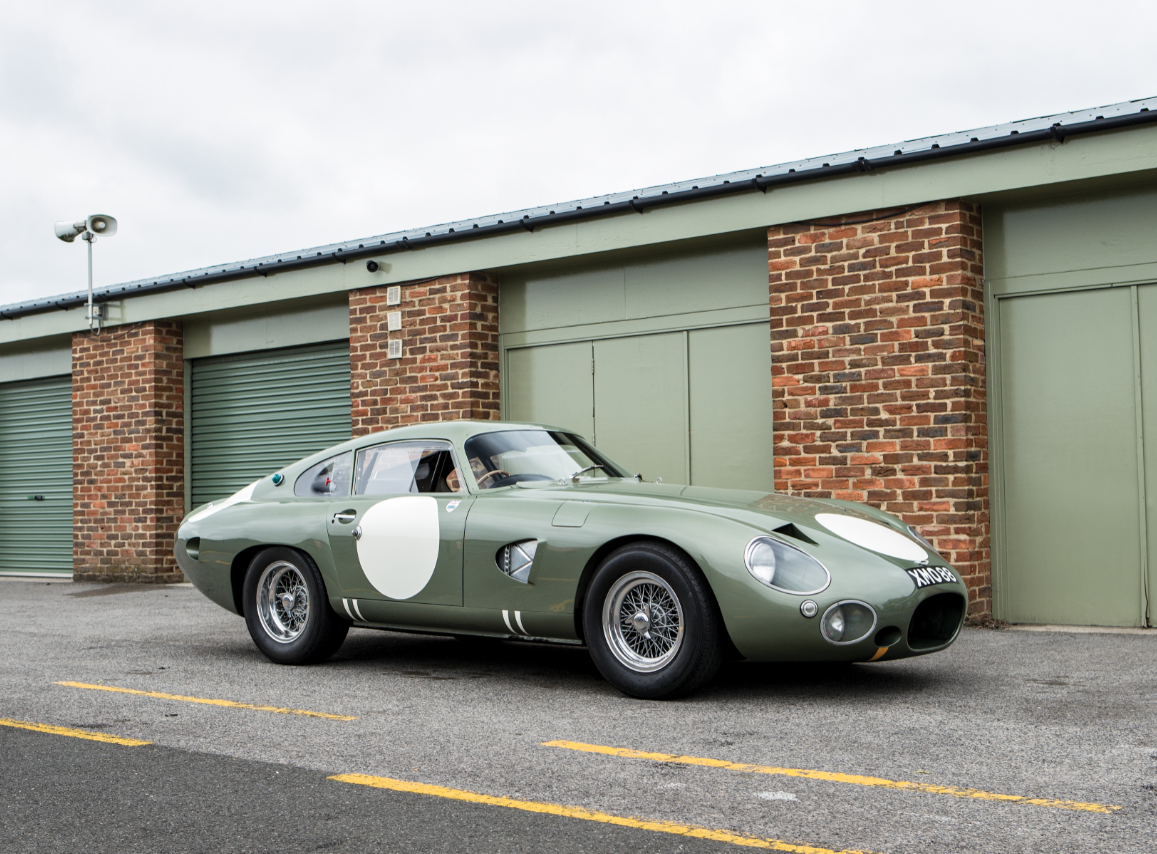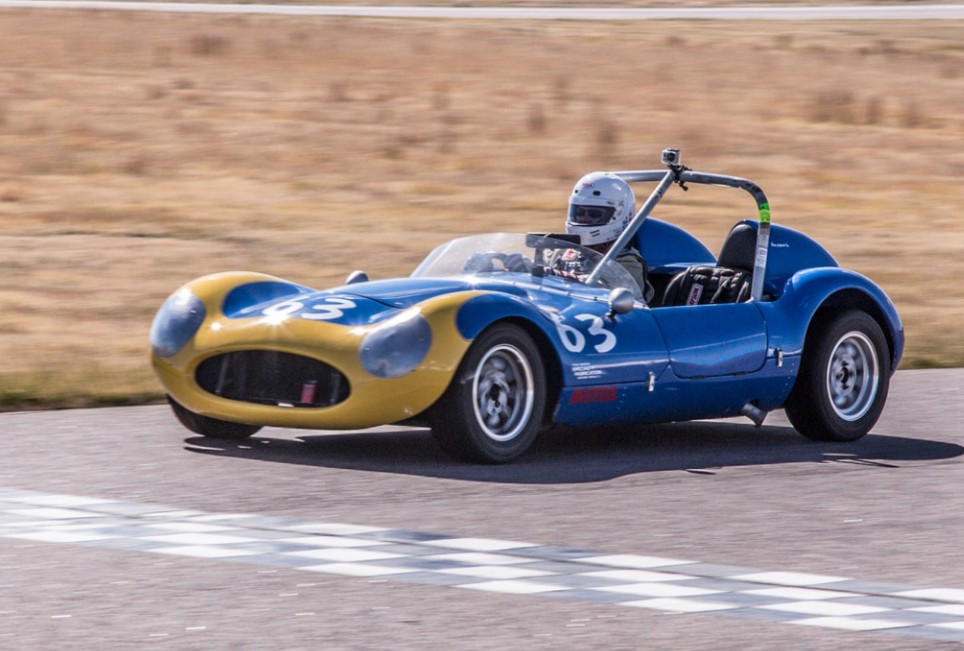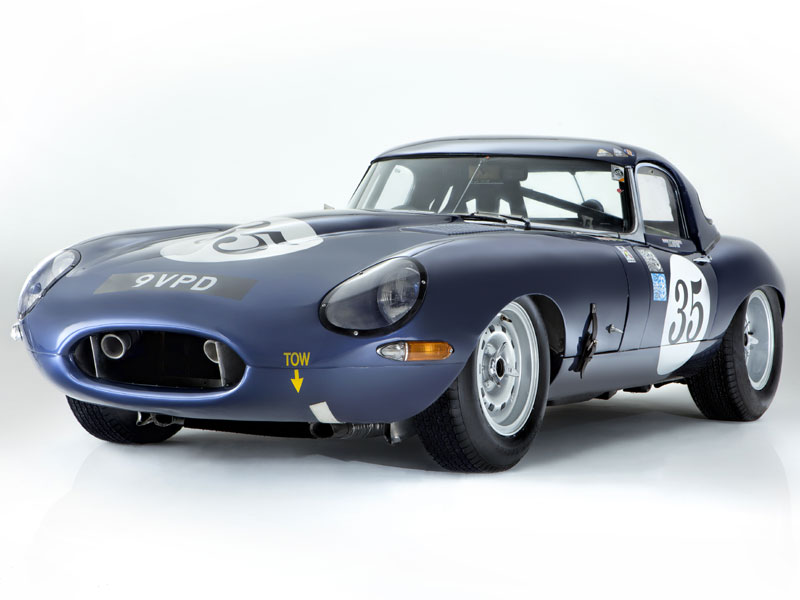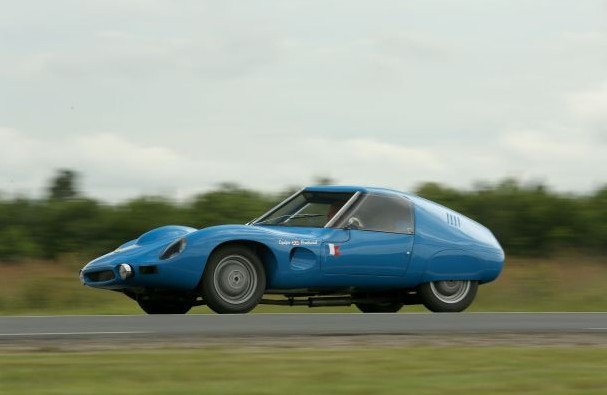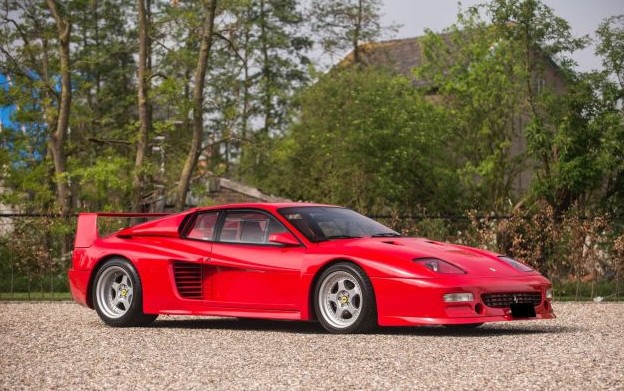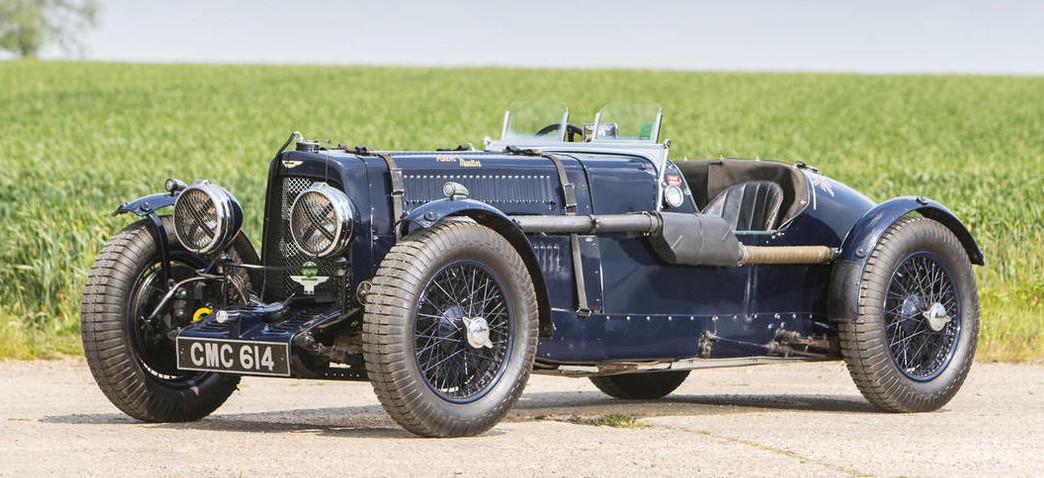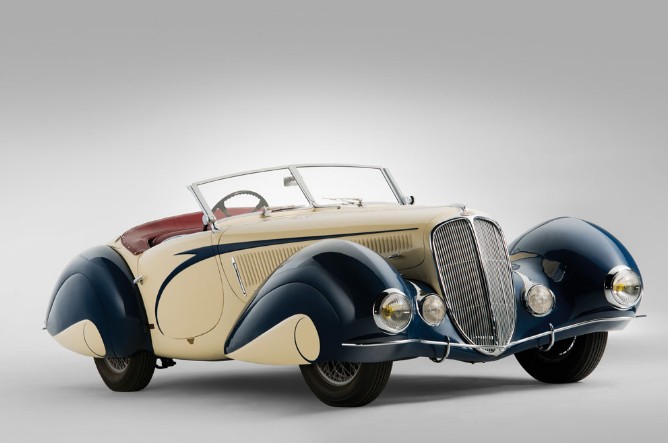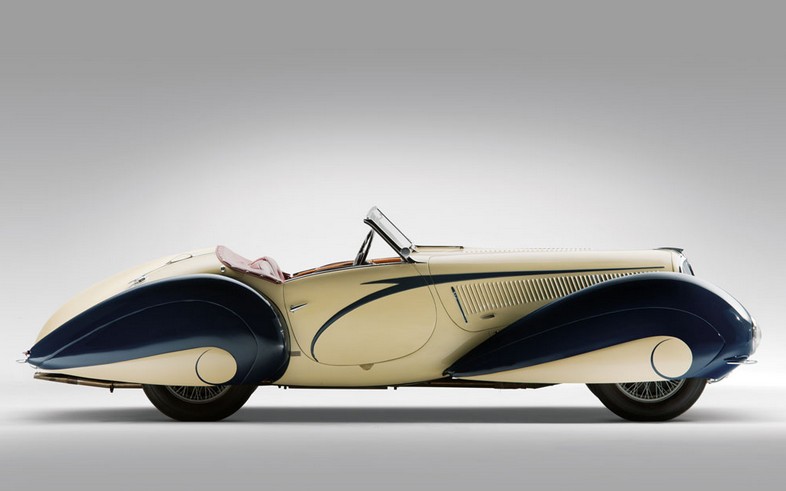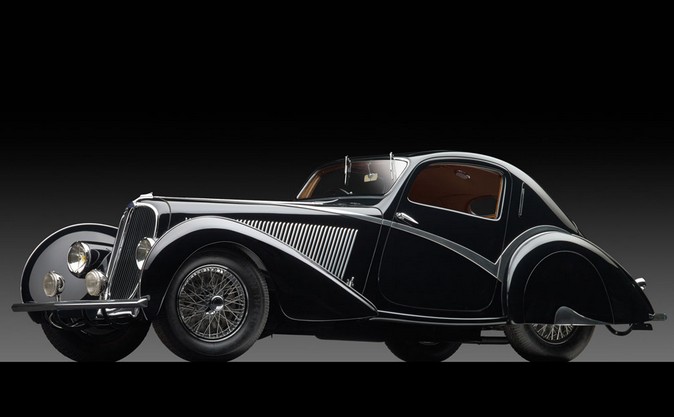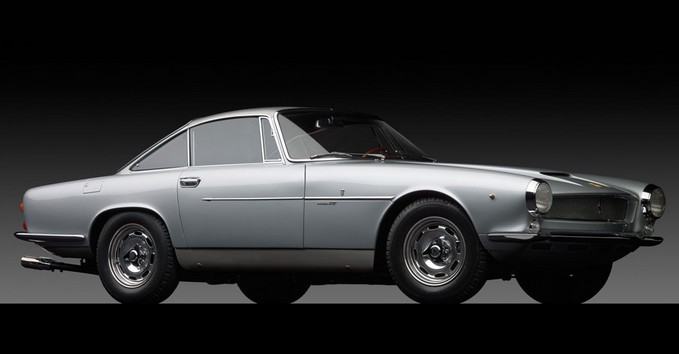1928 Omega-Six 3-Litre Short-Chassis Competition Roadster
Offered by Aguttes | May 1, 2022
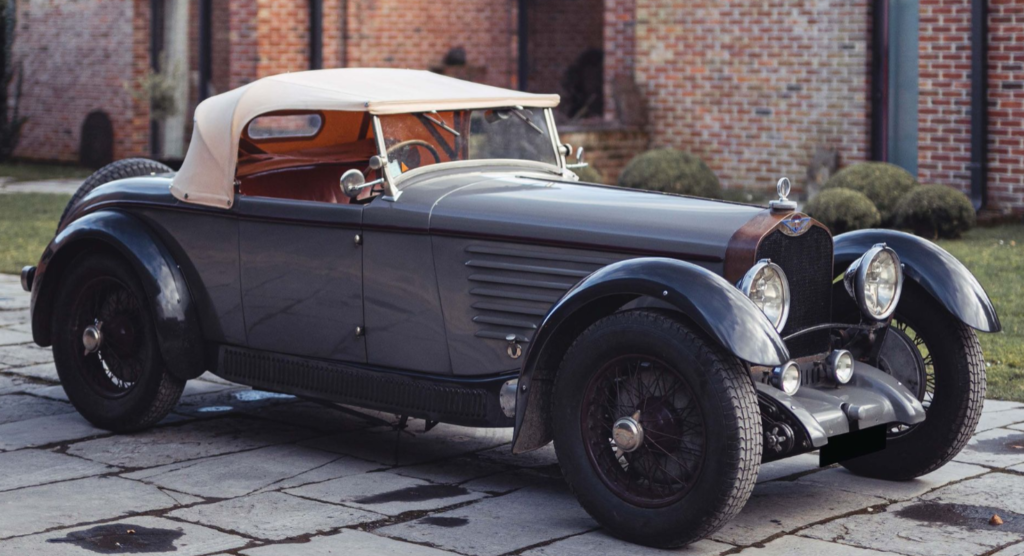
Omega-Six was a car company that operated out of the Paris region of France between 1922 and 1930. They were founded by Jules Daubeck, and the cars were designed by Maurice Gadoux, a former Hispano-Suiza engineer. Production didn’t do much better than about 50 cars a year.
They did have some sporting credentials, running at Le Mans in 1924 and 1925. Their lone victory came in an all-female race with Helle Nice at the wheel in a 3-Litre Competition car, which were unveiled in 1928. The 3.0-liter inline-six featured dual carburetors and carried a factory-advertised rating of 150 horsepower.
This chassis was purchased by Robert de Ganay, who won his class at Le Mans in 1931 under a pseudonym. It is believed to have been re-bodied around 1930 and has only had four owners since new. The car has been rarely shown since the 1970s and is offered with a spare 2.7-liter six. The pre-sale estimate is $425,000-$530,000. Click here for more info.
Update: Not sold.

